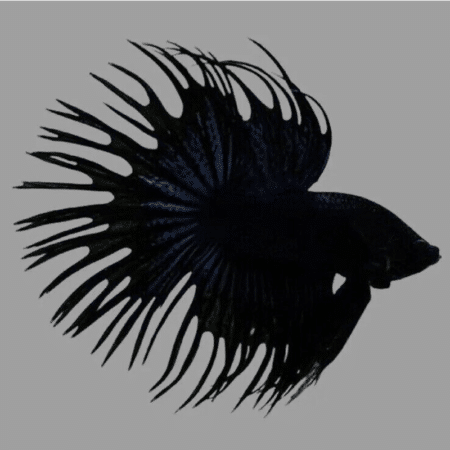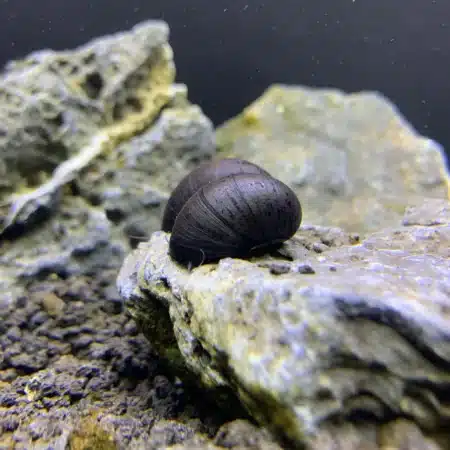-
×

-
×

-
×

-
×

-
×

-
×
 4 X Black Helmet Snail Algae Eater Neritina Pulligera Cleaning Crew
2 × £8.71
4 X Black Helmet Snail Algae Eater Neritina Pulligera Cleaning Crew
2 × £8.71 -
×

-
×

-
×

-
×

-
×

-
×

-
×

Subtotal: £299.04












Emily Carter (verified owner) –
I recently added a pair of Beautiful Ramirez’s Dwarf Cichlid Long Fin to my 20-gallon aquarium, and I couldn’t be happier! These Mikrogeophagus ramirezi are not just gorgeous with their vibrant colors and flowing fins, but they also have a delightful personality that brings life to my tank. After about two months of observing them, I’ve seen them become quite interactive, often swimming to greet me when I approach. They thrive in my well-planted setup, which I made sure includes plenty of hiding spots for their comfort. Compared to other dwarf cichlids I’ve kept, these have a more gentle demeanor and show less aggression, making them perfect for a community tank. One minor concern is that they can be a bit shy at first, so patience is key! If you’re a caring fish parent looking to enhance your aquarium, I wholeheartedly recommend these ornamental fish. Their beauty and charm truly make them a standout choice!
Emily Carter (verified owner) –
I recently added the Ramirez’s Dwarf Cichlid Long Fin to my aquarium, and I couldn’t be happier! After about two weeks, they’ve settled in beautifully and their long fins are simply mesmerizing. I’ve always been a fan of tropical fish, but this species has a unique charm that outshines the others. They are vibrant and full of personality, making my tank feel alive. I initially worried about compatibility, but they have thrived in my community tank alongside tetras and rasboras.
One thing to note, though, is that they do appreciate some hiding spots, so adding a few plants or caves would enhance their comfort—trust me, it pays off! The shipping was fast, and they arrived in great condition. I believe anyone looking to create a stunning aquascape will benefit from these beautiful fish. They truly bring a sense of tranquility and color to the tank. Highly recommend for both beginners and seasoned aquarists!